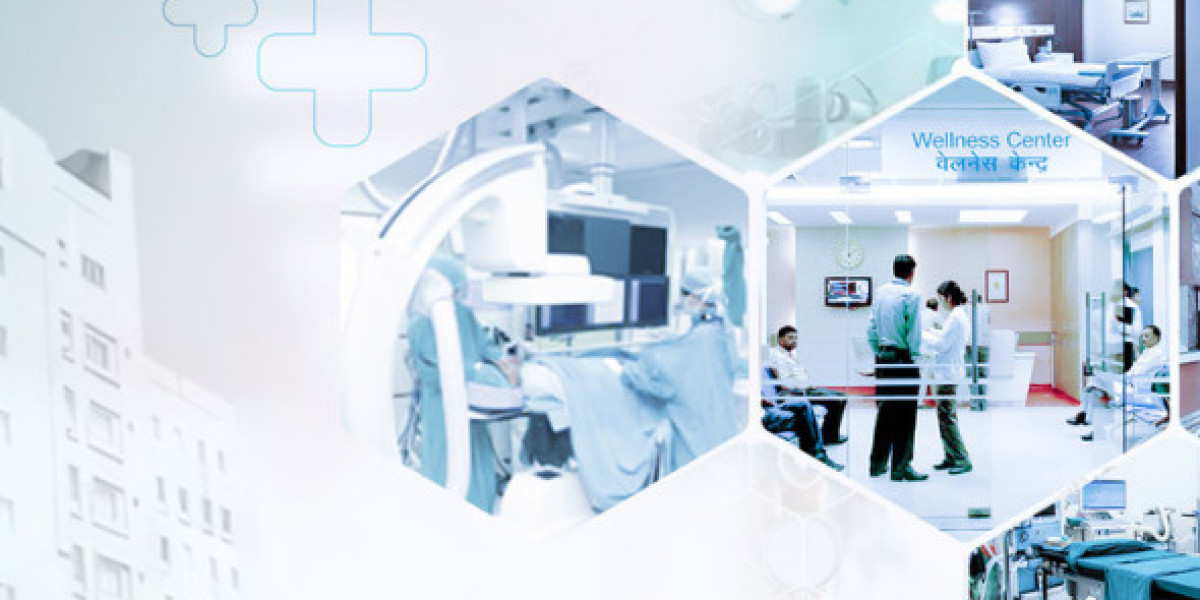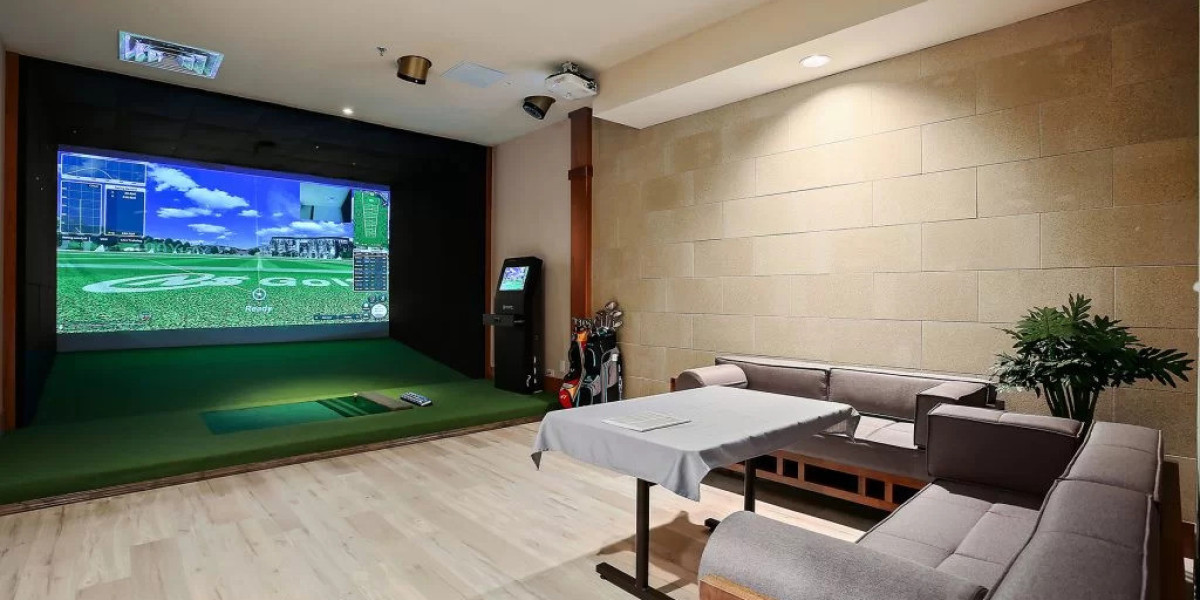- Technology and Systems:
- da Vinci Surgical System: The da Vinci Surgical System is a pioneer in robotic-assisted surgery, widely used in India. This system includes robotic arms controlled by surgeons through a console, providing a three-dimensional, high-definition view of the surgical site.
- Applications and Specialties:
- Urology: Robotic surgery is extensively applied in urological procedures such as prostatectomies and kidney surgeries, where precision is crucial.
- Gynecology: In gynecological surgeries like hysterectomies, robotic systems offer a minimally invasive alternative, reducing recovery times for patients.
- General Surgery: Robotic-assisted procedures are employed in various general surgeries, including colorectal surgeries, bariatric surgeries, and hernia repairs.
- Cardiothoracic Surgery: The use of robotics in cardiac procedures, such as mitral valve repairs, has gained traction, allowing for precise interventions.
- Advantages for Patients:
- Minimally Invasive Procedures: Robotic surgery enables smaller incisions, reducing scarring and lowering the risk of infections.
- Faster Recovery: Patients undergoing robotic-assisted surgeries often experience shorter hospital stays and quicker recovery times compared to traditional open surgeries.
- Enhanced Precision: The robotic systems provide surgeons with enhanced precision and dexterity, leading to improved surgical outcomes.
- Healthcare Institutions and Adoption:
- Leading hospitals and healthcare institutions in India have embraced robotic surgery, establishing dedicated robotic surgery centers.
- These institutions invest in state-of-the-art robotic systems, attracting patients seeking advanced and minimally invasive treatments.
- Challenges and Solutions:
- Cost Considerations: The initial costs associated with acquiring and implementing robotic systems can be a challenge for healthcare institutions. However, the long-term benefits often justify the investment.
- Training Programs: Specialized training programs are being developed to equip surgeons and support staff with the necessary skills to operate and optimize robotic systems effectively.
- Medical Tourism:
- India has become a hub for medical tourism, with international patients seeking advanced and cost-effective treatments, including robotic surgery.
- The availability of cutting-edge medical technologies, combined with skilled healthcare professionals, has contributed to the growth of medical tourism in the country.
- Future Outlook:
- Ongoing research and development in the field of robotics and artificial intelligence are expected to further enhance the capabilities of robotic surgery in India.
- The continuous evolution of technology and increased accessibility are likely to make robotic surgery even more widespread and beneficial for patients.
In conclusion, robotic surgery in India signifies a remarkable advancement in healthcare, offering patients and healthcare professionals a sophisticated and efficient approach to surgical interventions. The growing adoption of robotic systems and ongoing advancements position India at the forefront of medical innovation, contributing to improved patient outcomes and a redefined standard of surgical excellence.








